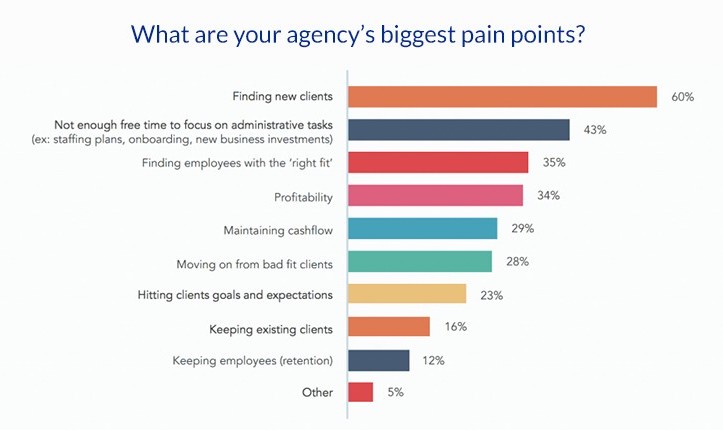Budgeting tools like Quicken and Mint can help people track their expenses. Even if you decide the 80/20 budget plan isn’t for you, it may be worth trying one of these tools to get a better sense of your spending habits. Once you have an emergency cushion, experts advise saving between 10% to 20% of your income for retirement, depending on the age at which you start to save.

Furthermore, identify the shared characteristics of your best customers and then target new customers that fit that mold. In the 1940s, Dr. Joseph Juran, who was one of the first people to study operations management, used the rule to control quality in business production. Focusing on and fixing the 20% of production problems could improve the quality of a company as a whole.
- Instead, it will rely on the quality of products and services it offers.
- The business personnel uses this rule to explain how 20 percent of the clients, are contributing to 80 percent of the revenue.
- With everything going online these days, businesses are becoming more concerned with increasing their internet presence.
- Niyathi is an experienced content marketer with a love for SaaS tech products.
- The engineer inside got the best of him, and he expanded this concept to macroeconomics, where he observed 80% of Italian wealth was and still is controlled by 20% of the population.
- When looking back at your list, you quickly realize what should be the top priority.
The 80/20 rule could just as easily be called the 55/3 rule, if 55% of the results were created by 3% of the inputs. 20% of the online content you curate could attract 80% of traffic to your web page. The principle was highlighted in 1992 by a United Nations Development Program report that showed that roughly 80% of the world’s wealth was in the hands of 20% of the population.
Applying The 80
You should use the traits and methods of your best salespeople as a guide for putting together złom srebra more teams and training the rest of your sales team. During the sales cycle, you are likely to meet customers whose actions show that they want to buy. Use this information to find out what active shoppers have in common and how you can build on their experiences to move them further down your sales funnel. Check your POS platforms for trends, paying special attention to where your best customers are coming from. Some neighborhoods, areas, cities, and regions will be much more profitable than the rest of the market as a whole. Then, you can use this information to improve how you sell and market in these areas.
Perhaps put these items on a separate list titled ‘low priority’ and reach for this list when you have spent enough time on your high priority tasks and when your motivation is lower. Given these results, it seems likely that the Pareto Principle can help students improve their performance in school by helping them focus their studying on key areas of the curriculum. You may find that you have more time to devote to other activities outside of work such as personal development, relaxation, mental health, and building relationships. Time management is the most common use for the Pareto Principle.
Chidinma Nnamani writes about the food industry, digital marketing, and technology — and explores the fine spaces where they intersect. She works with B2B startups and agencies, helping them deliver clear, actionable, and insightful content for business audiences. You can schedule and publish shifts, create accurate timecards, and automatically calculate overtime hours. Real-time data available in your dashboard can also allow you to make smarter staffing decisions. The 80/20 rule can be applied in a variety of areas, such as marketing, manufacturing, management and human resources. BrooksConkle.comto help other hustlers in the areas of marketing, online business, personal finance, and real estate.
Productivity
The 80/20 rule, or Pareto principle, is a prediction model applied in a variety of business settings to determine factors that affect success and improvement. It states that, in general, 80% of results come from 20% of causes. The 80/20 rule can help you optimize your workplace productivity by guiding your analysis of tasks, time allocation and responsibility delegation. If you can identify both types of customers, you can take some action to dramatically improve your business.
Use the Pareto principle to schedule your time, complete important tasks, set realistic deadlines and improve your focus. Tanya is a marketing professional re-entering the workforce after being a stay-at-home mom for four years. She wants to find a position that combines her skills in market analysis and personal interest in organic baby products. It saves money by stopping people from doing things that don’t help, and it helps keep budgets in order.
The rule, also known as the Pareto Principle, is a familiar saying that asserts that 80% of outcomes result from 20% of all causes for any given event. Timothy Li is a consultant, accountant, and finance manager with an MBA from USC and over 15 years of corporate finance experience. Timothy has helped provide CEOs and CFOs with deep-dive analytics, providing beautiful stories behind the numbers, graphs, and financial models.
Carla, a Harvard graduate student, was working on a digital communications assignment for her class. The goal of the project was to construct a blog and track its progress over a semester. For example, there’s the assumption that 20% of inputs are the most essential. Instead, you can better utilize the resources you have to create the outcomes.